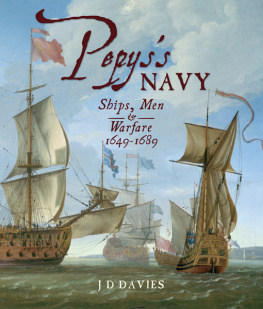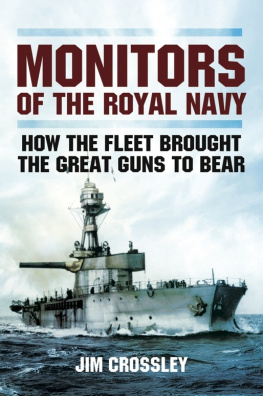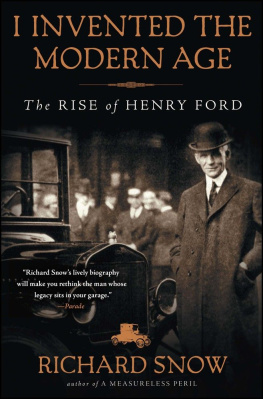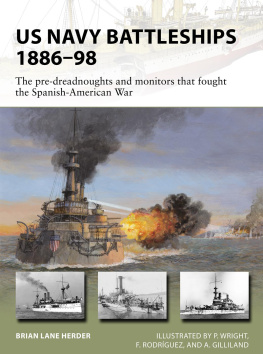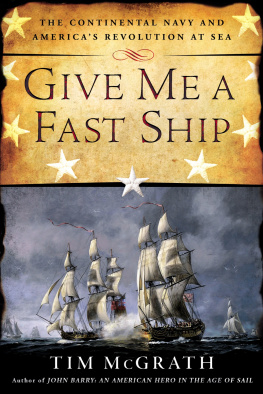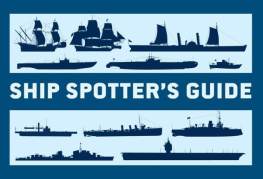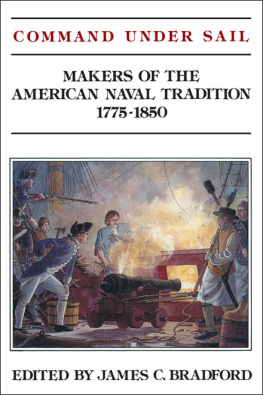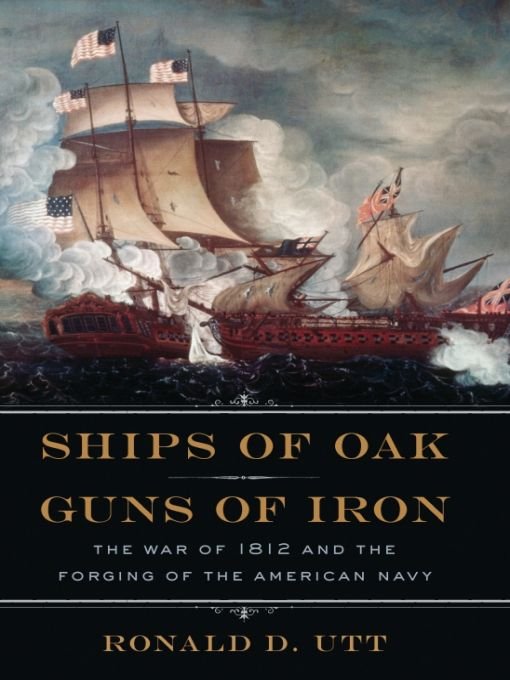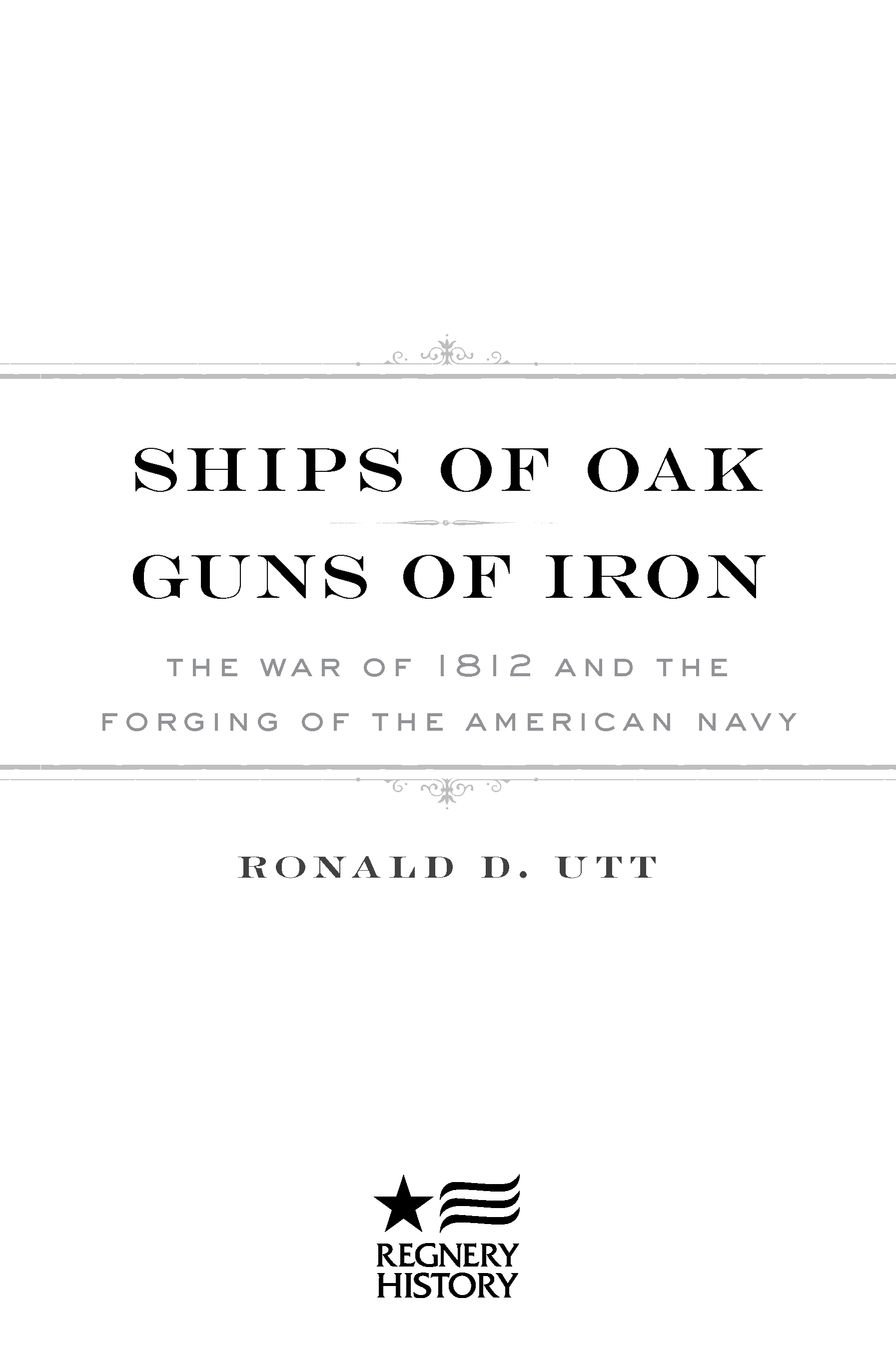Ronald Utt - Ships of Oak, Guns of Iron: The War of 1812 and the Forging of the American Navy
Here you can read online Ronald Utt - Ships of Oak, Guns of Iron: The War of 1812 and the Forging of the American Navy full text of the book (entire story) in english for free. Download pdf and epub, get meaning, cover and reviews about this ebook. year: 2012, publisher: Regnery Publishing, genre: History. Description of the work, (preface) as well as reviews are available. Best literature library LitArk.com created for fans of good reading and offers a wide selection of genres:
Romance novel
Science fiction
Adventure
Detective
Science
History
Home and family
Prose
Art
Politics
Computer
Non-fiction
Religion
Business
Children
Humor
Choose a favorite category and find really read worthwhile books. Enjoy immersion in the world of imagination, feel the emotions of the characters or learn something new for yourself, make an fascinating discovery.

- Book:Ships of Oak, Guns of Iron: The War of 1812 and the Forging of the American Navy
- Author:
- Publisher:Regnery Publishing
- Genre:
- Year:2012
- Rating:3 / 5
- Favourites:Add to favourites
- Your mark:
Ships of Oak, Guns of Iron: The War of 1812 and the Forging of the American Navy: summary, description and annotation
We offer to read an annotation, description, summary or preface (depends on what the author of the book "Ships of Oak, Guns of Iron: The War of 1812 and the Forging of the American Navy" wrote himself). If you haven't found the necessary information about the book — write in the comments, we will try to find it.
Ships of Oak, Guns of Iron is a stirring account of how an American fleet of only seventeen ships bested the five-hundred-ship-strong Royal Navy in a string of early victories that astonished both sides, highlighting how American courage, gunnery, and skill could prove itself against the most daunting odds. Ronald Utt paints vivid portraits of the heroesincluding Stephen Decatur, James Dont Give Up the Ship! Lawrence, Oliver Hazard Perry, and Francis Scott Keyto give readers an unforgettable experience of the War of 1812. If you are interested in American history, the history of the United States Navy, or just plain real-life adventure stories, you owe it to yourself to read Ships of Oak, Guns of Iron.
--------------------------------------------
At a time when America seems to flinch at threats from the worlds petty tyrants, our forefathers defiance two centuries ago of the mightiest empire on earth should stiffen our spines. Ron Utts inspiring narrative reminds us that this nation has never failed to produce heroes when theyre needed most.
?Edwin Feulner, president of the Heritage Foundation
------------------------------------------------------------------------------------
?Few episodes in American history are as rich in heroism and drama as the War of
1812, yet it has been crowded out of the popular imagination by the Revolution and the Civil War. Ron Utts riveting account of the infant republics epic struggle on land and sea against the greatest power of the age will make you wonder how this could have become Americas ?forgotten war.
?Stephen Moore, author and economist
?In Ships of Oak, Guns of Iron, Ron Utt draws on previously overlooked material on the War of 1812 to vividly bring Americas ?second war of Independence back to life on this its 200th anniversary. The book is special for its account of the forgotten but heroic free blacks who played a crucial role in defending America from the British invaders
Ronald Utt: author's other books
Who wrote Ships of Oak, Guns of Iron: The War of 1812 and the Forging of the American Navy? Find out the surname, the name of the author of the book and a list of all author's works by series.


